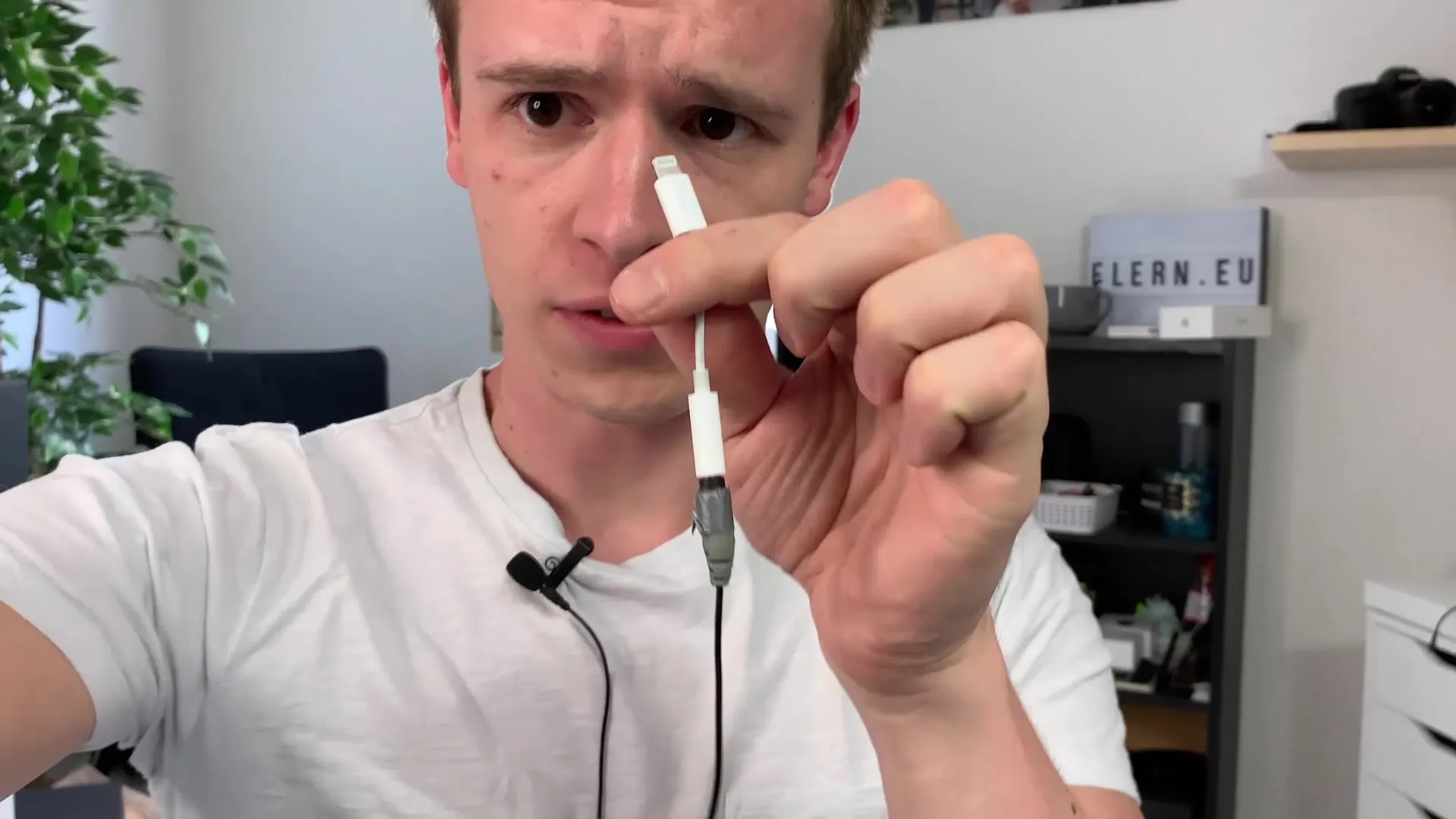There are many factors that contribute to creating an outstanding video. Whether you're working with a smartphone or a professional camera, the right techniques and settings can make all the difference. With this guide, you will not only learn how to take your videos to the next level but also which tools you can use for that purpose. Let's dive right into the essential tips that will help you improve your videography skills.
Main Insights
- Light is the foundation of any good video.
- Use the rear camera of your smartphone for better quality.
- High-quality sound is just as important as the image.
- Manual camera settings allow for more creative control.
- Pay attention to image composition for more appealing shots.
- Use movement and music strategically to make your videos more lively.
Step-by-Step Guide
1. Use Lighting Settings
To achieve a professional quality in your videos, light is of utmost importance. Make sure to film in a well-lit room or additionally use artificial light sources. When you position yourself facing the light source, you will notice that your image dramatically improves in quality.
2. Choose Your Camera
If you're filming with a smartphone, I recommend using the rear camera. It offers a higher resolution and quality than the front camera. This way, you will appear much better in the video, and your shots will gain clarity.

3. Improve Sound
Sound is just as crucial as the image. Instead of using your smartphone's built-in microphone, you should use an external lapel microphone. The proximity of the microphone to the sound source makes the audio significantly clearer and more professional.

4. Manual Camera Settings
Always use the manual settings of your camera when possible. Make sure that the exposure time matches the image style you are aiming for; for example, at 24 frames per second, use an exposure time of 1/50 second. This ensures a more pleasant motion blur in your video.
5. Adjust Sharpness Settings
Ensure that your image style is not overly sharpened to maintain a natural look. Reduce the digital sharpness and contrast settings on your camera. Moderate editing in post-production is often beneficial for achieving a professional appearance.

6. Change Lenses
If you are filming with a mirrorless camera or a DSLR, you have the advantage of using different lenses. Choose a lens that creates a blurred background to keep the focus on you. This creates more appealing images that make an impression.
7. Consider Composition
When filming, pay attention to where you are placed in the frame. Use the rule of thirds to achieve a balanced composition. This simple rule can significantly contribute to the visual design of your video and make it appear more professional.
8. Add Movement
Move the camera or integrate B-roll footage into your shots to give your video some dynamics. Small movements will make your video less static and draw the viewer's attention.
9. Add Music
The choice of music can greatly influence the emotional impact of your video. Use platforms like Epidemic Sound to find suitable music that adds an additional dimension to your videos. Make sure that the music does not distract from the content but rather supports it.
Summary – Create Brilliant Videos: A Practical Guide for Videography and Film Hacks
Light, sound, camera settings, and the right image composition are crucial for the quality of your videos. Experiment with different techniques and ensure that you consider all aspects to provide your viewers with an unforgettable experience. With the step-by-step guides provided above, you are well-equipped to develop your videography skills further and create impressive content.
Frequently Asked Questions
How do I choose the right lighting for my videos?Make sure you film in well-lit environments or additionally use artificial light sources.
Why should I use the rear camera of my smartphone?The rear camera offers a significantly higher resolution and image quality compared to the front camera.
How can I improve the sound of my videos?Use an external lapel microphone to ensure clearer audio recordings.
What are the benefits of manual camera settings?Manual settings give you more creative control over your video and help achieve professional results.
How can I make my videos more interesting?Incorporate movement and B-roll footage into your shots to create dynamics.


